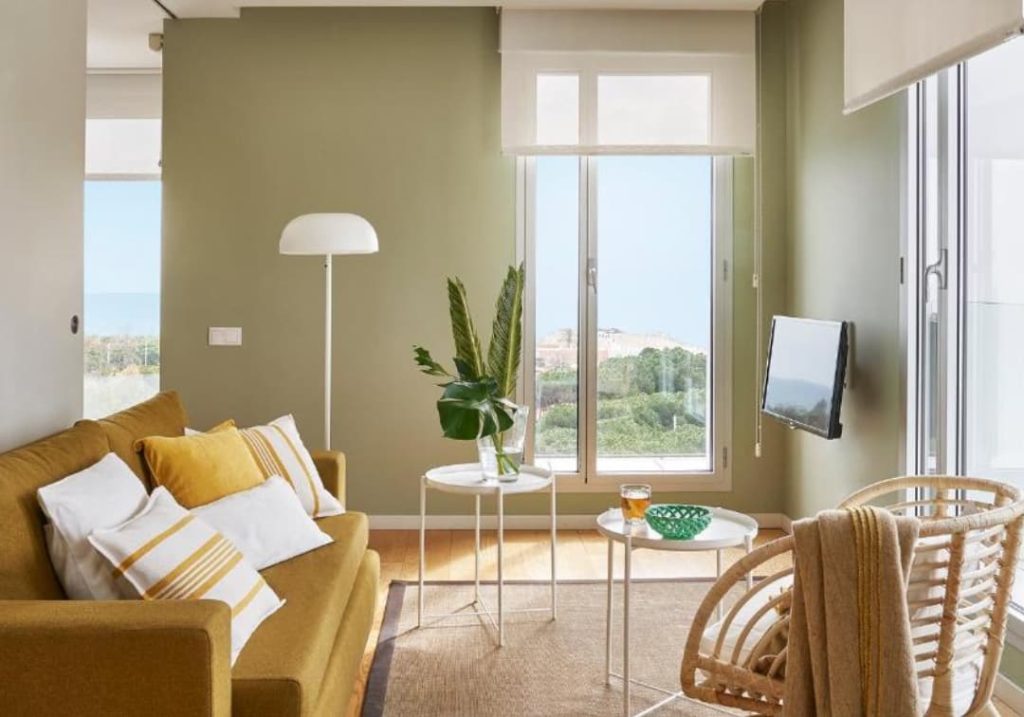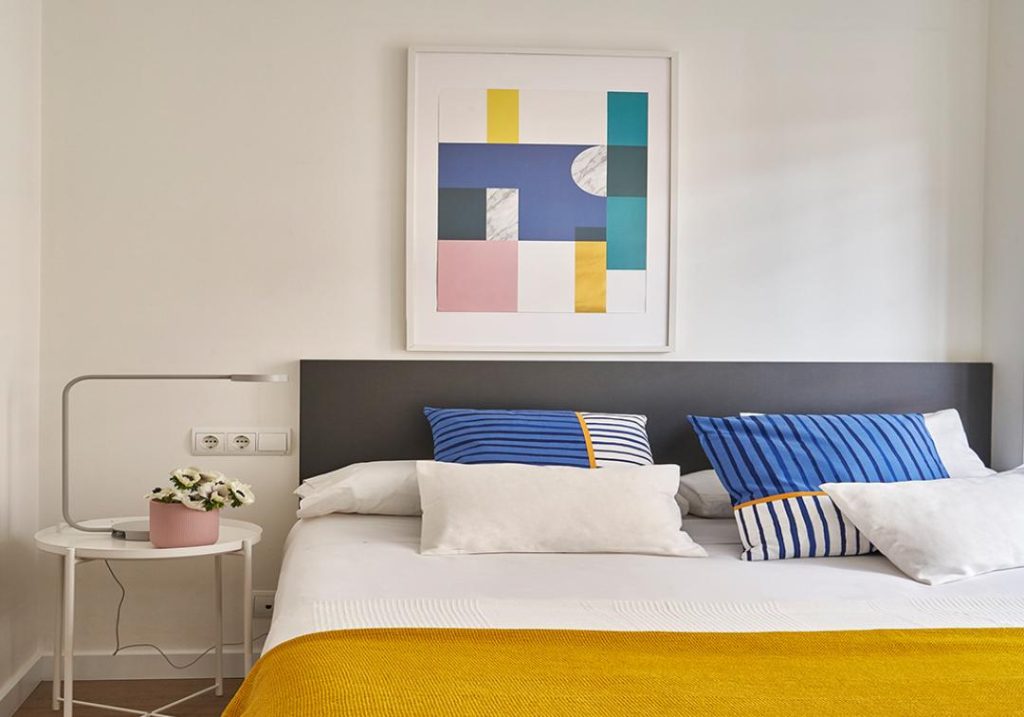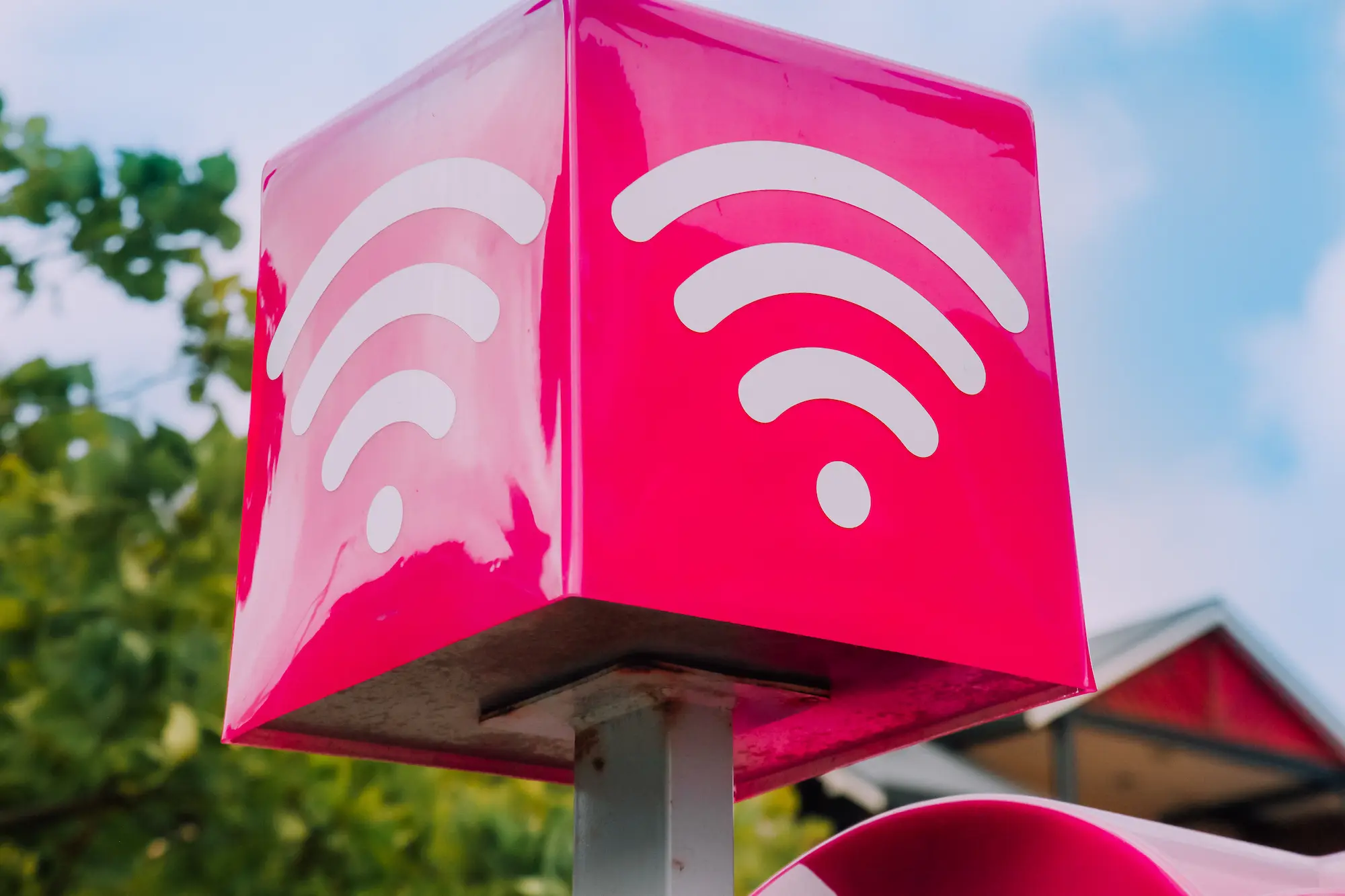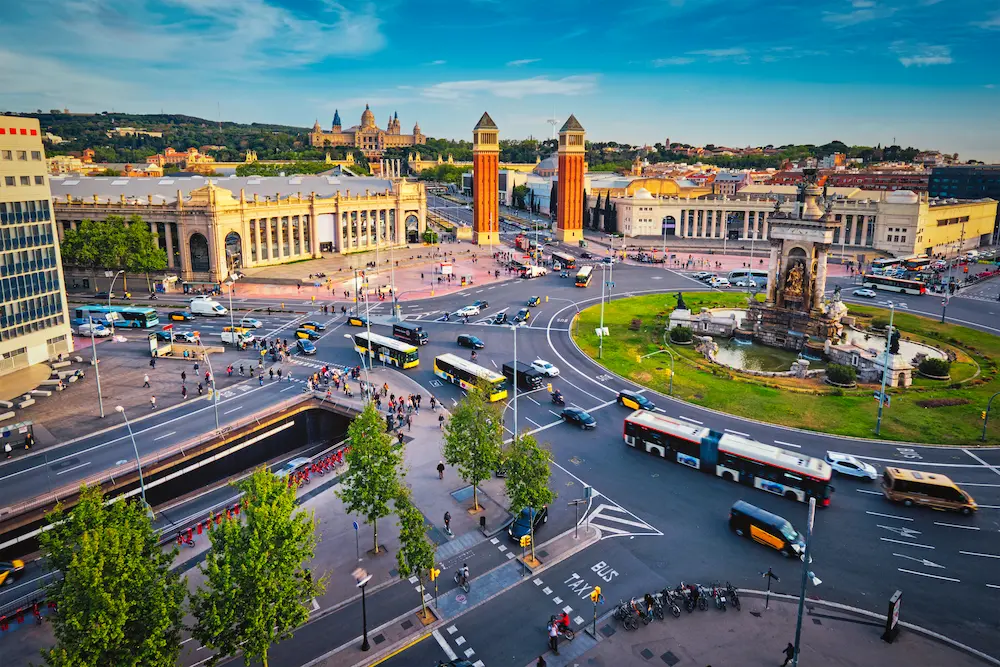The history of Barcelona began more than two millennia ago, when it was founded as a small Roman colony on the top of Mount Táber. However, this is just one part of the story, which coexists with many others; as many as the number of neighborhoods and districts that form the city Barcelona.
We are aware that the main tourist attractions of the Catalan capital are located in its most central neighborhoods. However, they are not the only areas that are worth visiting. Some corners of Barcelona were independent municipalities until the end of the 19th century and the beginning of the 20th – for example, Sant Martí, where our apartments in Barcelona are located – and still maintain their traditions and local festivals, as well as buildings, gardens and monuments of undoubtable interest.
If you want to escape from the crowds and enjoy the most genuine places in the city, we recommend you explore the 10 districts of Barcelona during your next visit to the city. Do not hesitate any longer: take a map, choose a pair of comfortable shoes and get ready to know how much they have to offer.
WHAT TO SEE IN CIUTAT VELLA
District 1 of Barcelona, which is just 4.5 km² in length, comprises the old quarter and is home to just over 100,000 Barcelonians. However, despite its modest size, it concentrates some of Barcelona’s greatest treasures. Formed by the neighborhoods of Raval, El Gòtic, Sant Pere, Santa Catalina, La Ribera and La Barceloneta, this place contains a myriad of archaeological and architectural gems.
One of its main attractions are the vestiges of the Roman city, Barcino, where you will distinguish the layout of the old streets and the foundations of its buildings, especially in the subsoil of the Plaça del Rei, or the columns of the Augustus temple on Carrer Paradis. Added to this are the spectaxular medieval buildings of Barcelona, such as the Cathedral of Santa Creu and Santa Eulàlia, the church of Santa María del Pi or the Basilica of Santa María del Mar, one of the masterpieces of Catalan Gothic art.
Les Rambles deserves special attention, as it is perhaps the most emblematic street in the city; the Jewish quarter or Call, full of charming narrow streets and one of the oldest synagogues in Europe; and Barceloneta, a fishing district built in the mid-18th century, where some of the best fish restaurants in Barcelona open their doors.
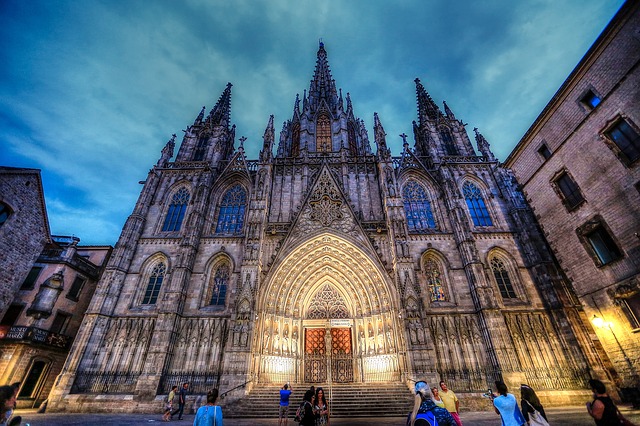
WHAT TO SEE IN THE EIXAMPLE
The second district, whose name translates as ‘widening’, is the largest district in Barcelona, and one of the most concentrated in culture and leisure. Designed in the mid-nineteenth century by the civil engineer Ildefons Cerdà, shortly after the ancient walls were demolished, the Eixample was the perfect excuse for the emergence of modernism. Among its main attractions, it is worth mentioning the Hospital de la Santa Creu y Pau (1902-1930), declared a World Heritage Site by UNESCO in 1997; Casa Amatller and some of the most renouned pieces of Antoni Gaudí’s art: the Casa Batlló, La Pedrera or Casa Milà and the Sagrada Familia, whose completion is estimated at the end of 2026.
Likewise, the Eixample also stands out due to its extensive offer of restaurants and its options for shopping in Barcelona. For example, in the Passeig de Gràcia, you will find plenty of the leading fashion brands’ shops and luxury boutiques .
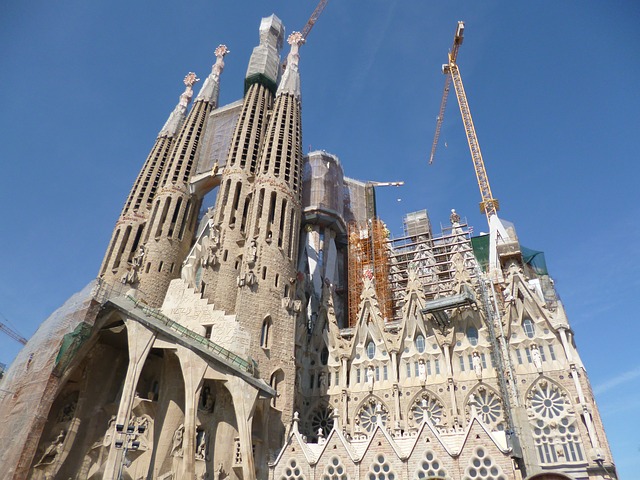
WHAT TO SEE IN SANTS-MONTJUÏC
This district was born from the union of the town of Sants, annexed to Barcelona in 1897, and Montjuïc, a 173 m hill that was urbanized on the occasion of the Barcelona International Exhibition of 1929. Its curious name means “mountain of the Jews”, and has its origin in the presence of a Hebrew cemetery in the area during the Middle Ages. In addition, this area of Barcelona has signs of the very earliest of human activity, since there was a jasper site exploited from the year 10,000 a.C. Besides offering one of the best panoramic views of Barcelona, the area hosts a wide range of museums. This includes the National Museum of Art of Catalonia (MNAC), with the best collection of Romanesque paintings in the world; the Archaeological Museum of Catalonia, the Ethnological Museum of Barcelona, the CaixaFòrum or the Joan Antoni Samaranch Olympic and Sports Museum.
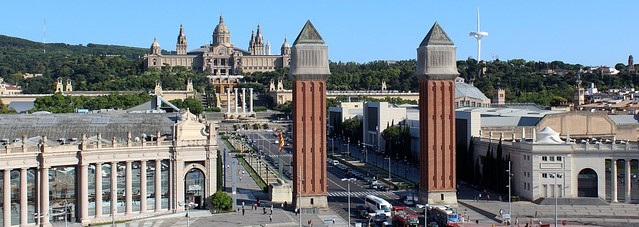
WHAT TO SEE IN LES CORTS
The district is part of the former municipality that gives it its name, added to Barcelona in 1897. Of rural origin, it extends through the upper part of the Diagonal and borders the municipalities of L’Hospitalet and Esplugues de Llobregat. One of its best known areas is Pedralbes, one of the most luxurious residential neighborhoods of this city. Among the main attractions of Les Corts, the gardens of the Palau Reial, the Cervantes Park, the Pedralbes Monastery and the Camp Nou, which also houses the FC Barcelona Museum, the most visited in the whole of Catalonia.
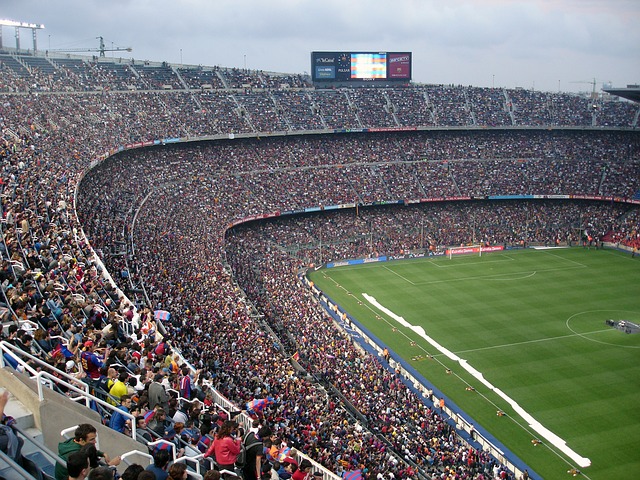
WHAT TO SEE IN SARRIÀ-SANT GERVASI
Along with les Corts, it is the most wealthy area of the city. The district is formed by two old municipalities: the term of Sarrià, annexed in 1921, and Sant Gervasi de Cassoles, added in 1897. One of its most famous neighborhoods is the Tibidabo, a 512 m mountain which was urbanized at the beginning of the 20th century on the initiative of businessman Salvador Andreu. Some fun things to do in Barcelona can be found in this area, such as the Tibidabo amusement park, one of the oldest in Europe, and the CosmoCaixa, Barcelona’s science museum.
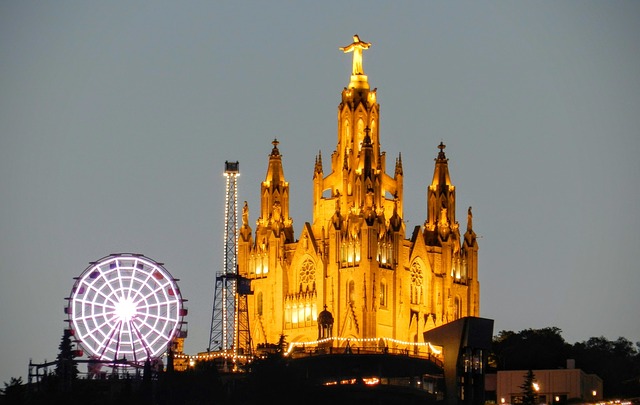
WHAT TO SEE IN GRÀCIA
This is another of the municipalities of Barcelona that became part of the city in 1897. However, its neighbors still consider Gràcia as an independent village. This district owes its fame to the Gràcia festivities, which start every 15th of August. For a week, its beautifully decorated streets attract visitors from all parts of the city and passers-by, who will also have the opportunity to enjoy concerts, cultural visits, children’s shows and many other leisure options. Check out our guide on eating in Gràcia to find the best restaurants in the area. Other places to see in Gràcia are the Casa Vicens, on Corolines Street, and Park Güell, both designed by Gaudí and declared a World Heritage Site by UNESCO.
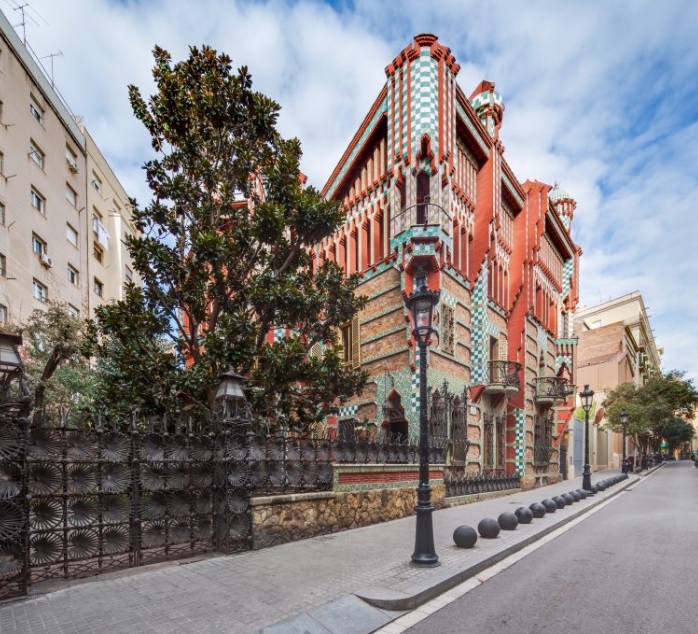
WHAT TO SEE IN HORTA-GUINARDÓ
Located in the northeast of the city, it is the third largest district of Barcelona and an unbeatable opportunity to leave stress behind. Its most picture perfect center is the old neighborhod of Horta, which preserves a small traditional urban center around the Eivissa square. One of the places that you have to discover is the evocative park of Laberint d’Horta. It is the oldest garden in Barcelona, since its construction began in 1794 on an estate owned by the Marquises of Alfarràs. Even today, the site preserves spectacular neoclassical and romantic gardens. Equally, it is advisable to walk up to the old antiaircraft batteries of the Carmel, from where you will enjoy exceptional views. Check out our complete guide on what to do in Horta, Barcelona for more information!
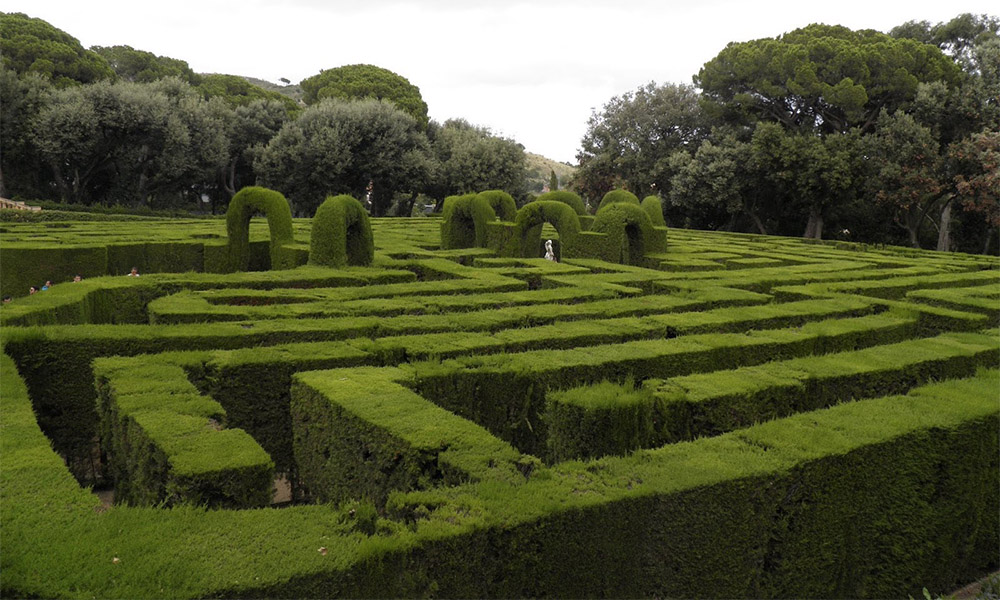
WHAT TO SEE IN NOU BARRIS
Although this district was developed especially during the sixties and seventies as a result of the migratory flood recently arrived in Barcelona, some of its corners are really old. For example, the sanctuary of Santa Eulàlia de Vilapicina, a building from the 18th century documented since 991, and built on an old pre-Romanesque church. Currently, the site is classified as a Cultural Asset of Local Interest, together with the neighboring farmhouse of Can Basté, now converted into a civic center. On the other hand, if you want to enjoy an unforgettable panoramic view, do not hesitate to approach the castle of Torre Baró.
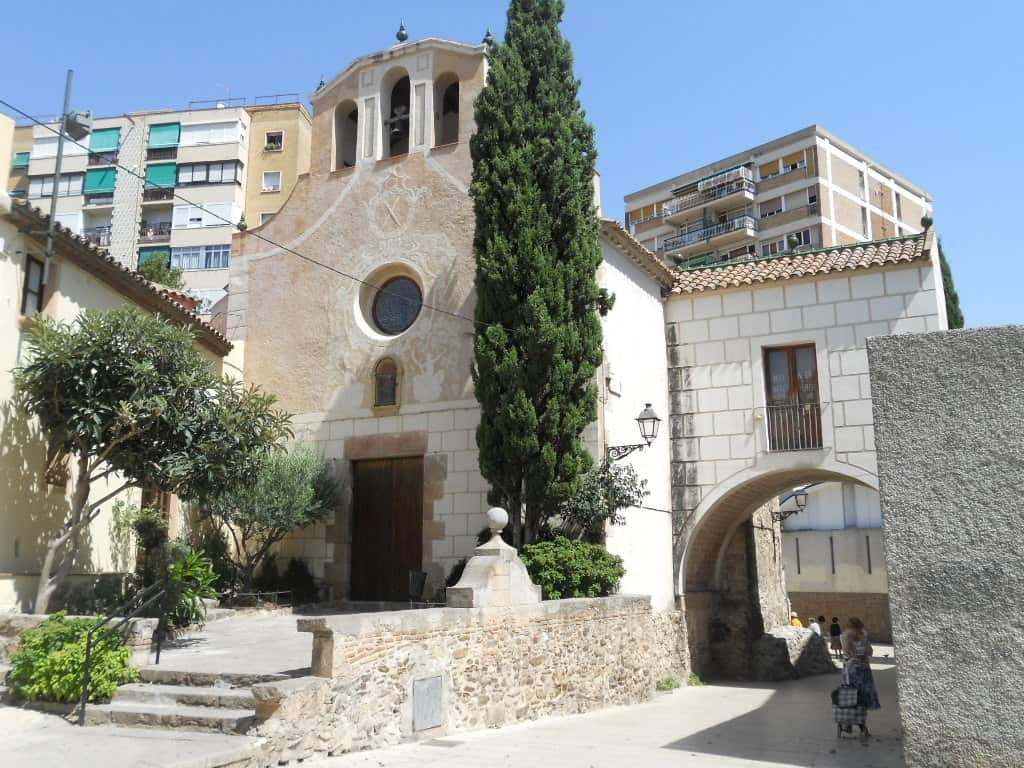
WHAT TO SEE IN SANT ANDREU
Sant Andreu comprises one of the old towns that joined Barcelona after the decree of annexation in 1897: Sant Andreu de Palomar. As in the case of Gràcia or Horta, the neighbours also retain a strong sense of identity. In the homonymous church was the chapel of Sant Crist, where the revolt that triggered the War of the Reapers or Guerra dels Segadors (1640-1652) began. Walking around this building is a delight, thanks to the presence of streets studded with orange trees and low houses. On the façade of a building on the corner of Carrer de Sòcrates and Gran de Sant Andreu, there is still a pump that was built in 1843 that was never actually used. Also, we must dedicate some time to get to know the church of Sant Pacià, which accommodates a mosaic by Gaudí; the arched porches of the charming Masadas square, in the neighborhood of La Sagrera, and the Torre Rosa, an Indian building converted into a cocktail bar, belonging to the El Congrés i els Indians neighborhood. By the way: Did you know that between Carrer de Manigua and Paseo de Maragall, FC Barcelona located its historic third football pitch?
If you want more information, don’t miss out our article on things to do in Sant Andreu, Barcelona.
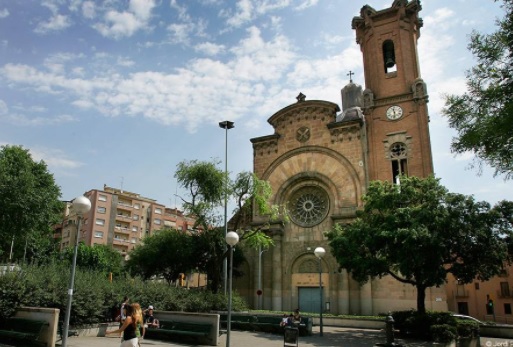
WHAT TO SEE IN SANT MARTÍ
This is the district that has the largest number of urban beaches, but is also a great attraction thanks to the presence of the historic district of Poblenou, where you will find the Lugaris Beach and Lugaris Rambla apartments. This former industrial district, which became known as the Catalan Manchester for its large concentration of factories, has managed to preserve its former essence, with places as peaceful as the Rambla de Poblenou, perfect for chatting or enjoying a coffee or brunch in Poblenou. These corners coexist with skyscrapers and the most avant-garde buildings, such as the Agbar tower, the third tallest in Barcelona after the Mapfre tower and the Hotel Arts. Nor should we overlook the cemetery of Poblenou, with beautiful sculptural ensembles.
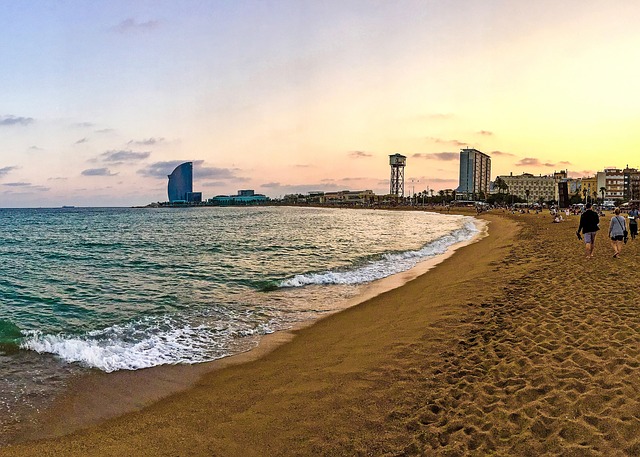
What do you think? Are you missing any details of interest on the 10 districts of Barcelona? If so, do not hesitate to send us your comments. We are looking forward to reading them!
MORE INTERESTING STUFF
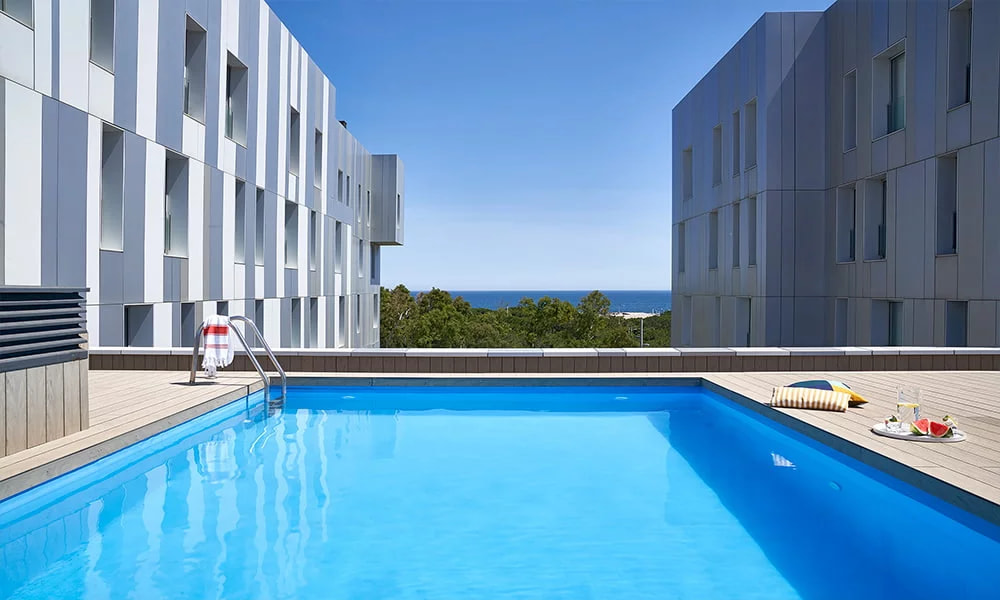
Holiday apartments by the beach in Barcelona
Since 2010, Lugaris Apartaments has been offering you the best holiday rental flats in Barcelona, perfect for a family holiday, with friends or as a couple, or for medium-term stays.
You can choose between apartments near the beach in Barcelona, at Lugaris Beach, with sea views, 2 swimming pools (one for adults and one for children) and capacity for up to 6 people, and the Lugaris Rambla flats, located on the Rambla de Poblenou and just 300 m from Bogatell beach, with a balcony or terrace of up to 22 m2 and ideal for couples or families and groups of up to 5 people. All our luxury flats in Barcelona are air-conditioned and equipped with all the appliances, furniture and bed linen you will need during your stay. They also have satellite TV and free high-speed Wi-Fi connection, as well as a safe and a 24-hour private security service.
What’s more, when you make your booking, you can reserve many other additional services: international press in your flat, parking space, transfer service to and from Barcelona airport, bicycle hire, supermarket shopping, museum, sports and show tickets, babysitting service and much more.
For more information, contact Lugaris Apartments without obligation.

